Cover
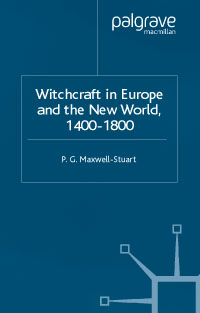
History
European History; Early Modern European History 1500-1789
| title | : | Witchcraft in Europe and the New World, 1400-1800 |
| author | : | Maxwell-Stuart, P. G. |
| publisher | : |
| isbn10 | asin | : | 0333764641 |
| print isbn13 | : | 9780333764640 |
| ebook isbn13 | : | 9781403913784 |
| language | : |
| subject |
| publication date | : |
| lcc | : |
| ddc | : |
| subject | : |
Page i
WITCHCRAFT IN EUROPE
AND THE NEW WORLD,
14001800
Page ii
Related titles:
Languages of Witchcraft Edited by Stuart Clark
The Occult in Early Modern Europe Edited by P.G. Maxwell-Stuart
Witchcraft and Magic in Sixteenth- and Seventeenth-Century Europe, 2nd edition Geoffrey Scarre and John Callow
Page iii
Witchcraft in Europe
and the New World,
14001800
P. G. Maxwell-Stuart

Page iv

P. G. MaxwellStuart 2001
All rights reserved. No reproduction, copy or transmission of this publication
may be made without written permission.
No paragraph of this publication may be reproduced, copied or
transmitted save with written permission or in accordance with
the provisions of the Copyright, Designs and Patents Act 1988,
or under the terms of any licence permitting limited copying issued
by the Copyright Licensing Agency, 90 Tottenham Court Road,
London W1P 0LP.
Any person who does any unauthorised act in relation to this publication
may be liable to criminal prosecution and civil claims for damages.
The author has asserted his right to be identified as the author of this work
in accordance with the Copyright, Designs and Patents Act 1988.
First published 2001 by
PALGRAVE
Houndmills, Basingstoke, Hampshire RG21 6XS and
175 Fifth Avenue, New York, N.Y. 10010
Companies and representatives throughout the world
PALGRAVE is the new global academic imprint of St. Martin's Press LLC
Scholarly and Reference Division and Palgrave Publishers Ltd (formerly
Macmillan Press Ltd).
ISBN 0333764641 hardcover
ISBN 033376465X paperback
This book is printed on paper suitable for recycling and made from fully
managed and sustained forest sources.
A catalogue record for this book is available from the British Library.
Library of Congress Cataloging-in-Publication Data CIP to come

Printed in Hong Kong
Page v
Contents
List of Figures vii Preface viii Themes and Definitions Preliminary remarks 1Literary models 2Learned categories of magic 5Witchcraft 9Concluding remarks 12 Late Mediaeval Attitudes to Witchcraft Miracles and marvels 14Signs of the times 16Witchcraft and heresy 17Witches and the law 23Concluding remarks 25 Two Influential Witchcraft Treatises Preliminary remarks 28Heinrich Institoris 29Ulrich Molitor 32Concluding remarks 39 The Effects of the Early Reformation Preliminary remarks 43Luther 44Calvin 46James VI of Scotland 47Concluding remarks 51 A Widespread Intent to Prosecute Preliminary remarks 54Uprooting Satan's troops 56Motives for prosecution 60Women 62
Page vi
Men 63Children 65Cunning Folk 68Acquittals 72The Inquisition 73Concluding remarks 75 Witches in the North and East Scandinavia 78Iceland 81Russia 83Hungary and Poland 84 Witches in the New World The dwelling-place of Satan 88New England 92Canada 96 The Decline in Prosecutions Scepticism 100Changes in educated belief 103Changes in judicial procedure 107Concluding remarks 108 Bibliography 111 Index 118
Page vii
List of Figures
The following are taken from Ulrich Molitor's De Lamiis et Phitonicis Mulieribus , published in 1489.
1 A lawyer, perhaps Molitor himself, instructs everyone else, including the Church, in the ways of witchcraft 35
2 A witch shoots a man in the foot to make him lame 36
3 Three mutated witches are launched into flight on a long forked stick 37
4 A peasant on the back of a wolf-like creature 38
5 The Devil in the form of a man seduces a woman 39
6 Two female witches conjure a storm by throwing a cock and a serpent into a pot of boiling liquid 40
7 Three female witches feasting at a Sabbat 41
Page viii
Preface
This book has been written for students and for the interested general reader. My own students have suggested to me that what they would find most helpful would be neither a collection of anecdotal material, nor a survey of Western European witchcraft so abbreviated as to be little better than a shopping-list of famous names and events, but a succinct guide to some of the principal themes of the subject with enough accompanying illustrative material to make the various points, and direct the reader to more extensive treatments. This I have tried to do in the following pages. All translations in the text are my own.
The bibliography of witchcraft is now vast, and in consequence the list of books and articles I have given here is intended only to provide initial reading matter stemming from what is discussed in this book. There is a great deal of interesting work being published in languages other than English. Unfortunately much of this remains unused. In reluctant recognition that monoglottism is the norm rather than the exception, I have included only a few works in French, German and Italian. But the reader should note that dependence on English-language works alone will deprive him or her of some of the best modern scholarship in this area.
P. G. M.-S.
Page 1
1
Themes and Definitions
Preliminary Remarks
One of the great dangers for the student of witchcraft is to fall into the trap of conceiving it in terms of some kind of monolithic set of beliefs and practices unaltering throughout the diverse geography of Europe, and unchanged by time or circumstance. Nothing, as common sense suggests, could be further from the truth. Magic (of which witchcraft is merely a particular example) was believed in, of course, and practised from ancient to modern times both within and beyond those geographical bounds not as an alternative religion, but as a customary and expected companion to the official faith. It was, in fact, the unavoidable concomitant of belief in supernatural and preternatural realms of existence, and it had its own multiplicity of individual tenets and practices, the existence of which presented anyone who might try to exercise control over them with an opponent more akin to a hydra than a giant.
This multiplicity necessarily posed a problem for the Church which had to decide whether she should come to terms with magic and, as it were, incorporate its views and ceremonies within her own; or tolerate them, while offering condemnation in as moderate a tone as decency and official self-regard would allow; or try to root them out, with all the attendant difficulties such an attempt would inevitably entail. What the Church actually did at any given time depended, of course, on many considerations, not all of them spiritual, and one can detect quiescent and persecutory phases in official attitudes, both ecclesiastical and secular, towards magicians (many of whom were members of the clergy) and witches throughout the whole of the Mediaeval period.
Next page


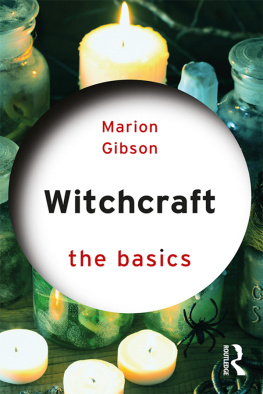
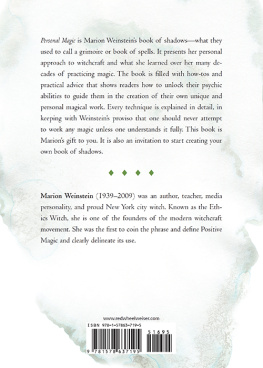

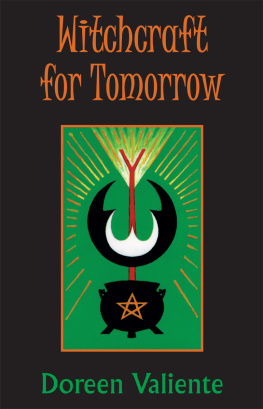

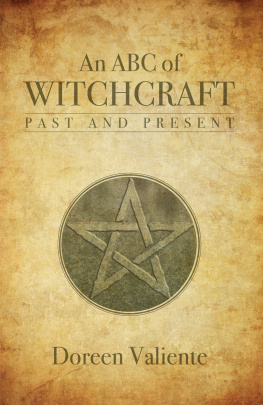
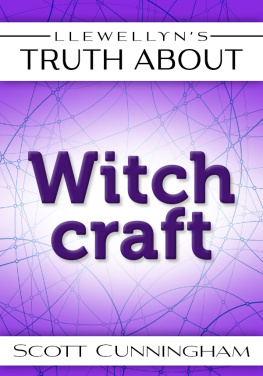


 P. G. MaxwellStuart 2001
P. G. MaxwellStuart 2001 